So you’re thinking of buying a tablet. Maybe it’s for school, work, gaming, binge-watching, or a bit of everything. Maybe your old one’s too slow, or maybe you’ve never owned one, but now you want something more chill than a laptop and more powerful than a phone.
Either way, you're about to enter the wild jungle of tablets in 2025—and let me tell you, it’s a jungle out there. Every brand claims theirs is the fastest, thinnest, smartest, “best-in-class” device. They throw around terms like M4 chip, AMOLED display, refresh rate, stylus support… and suddenly, you're neck-deep in specs and reviews wondering, “Wait—do I need 12GB of RAM just to watch K-dramas?”
Don't worry. We're here to cut through the noise.
This guide will help you figure out what kind of tablet you need, based on your lifestyle, not just shiny specs. Because let’s be real: the best tablet in Philippines is the one that fits you, not just your cart.

Editor
Lloyd Kelly Miralles chevron_right
Table of Contents
Buying Guide - How To Choose a Tablet in the Philippines
Know Your “Why”
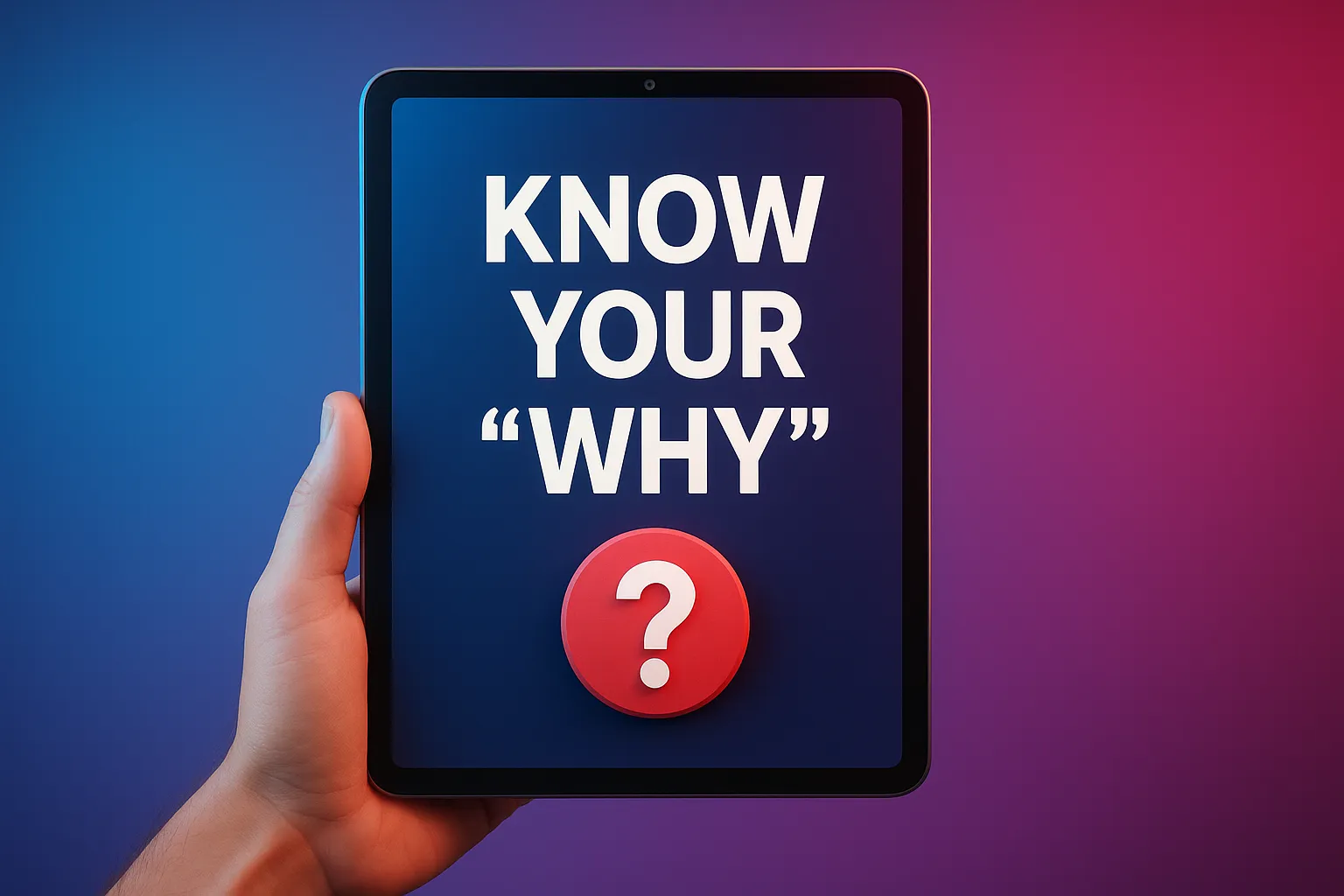
Before you even think about brands or specs, ask yourself: What am I actually going to use this tablet for?
Here’s a quick cheat sheet:
| Main Use | Key Features to Prioritize |
|---|---|
| Online classes / light productivity | Good webcam, keyboard support, decent battery |
| Reading & browsing | Lightweight, bright display, long battery life |
| Media consumption (Netflix, YouTube) | Nice screen, good speakers, solid battery |
| Digital art/note-taking | Stylus support, responsive screen, low latency |
| Gaming | Fast processor, high refresh rate, lots of RAM |
| Office or multitasking | Large screen, multitasking software, fast CPU |
| Laptop replacement | Keyboard + trackpad, desktop-like features, ports |
This narrows down your search by half. You’d be surprised how many people buy a high-end tablet and only use it to scroll Facebook in bed.
Set a Realistic Budget
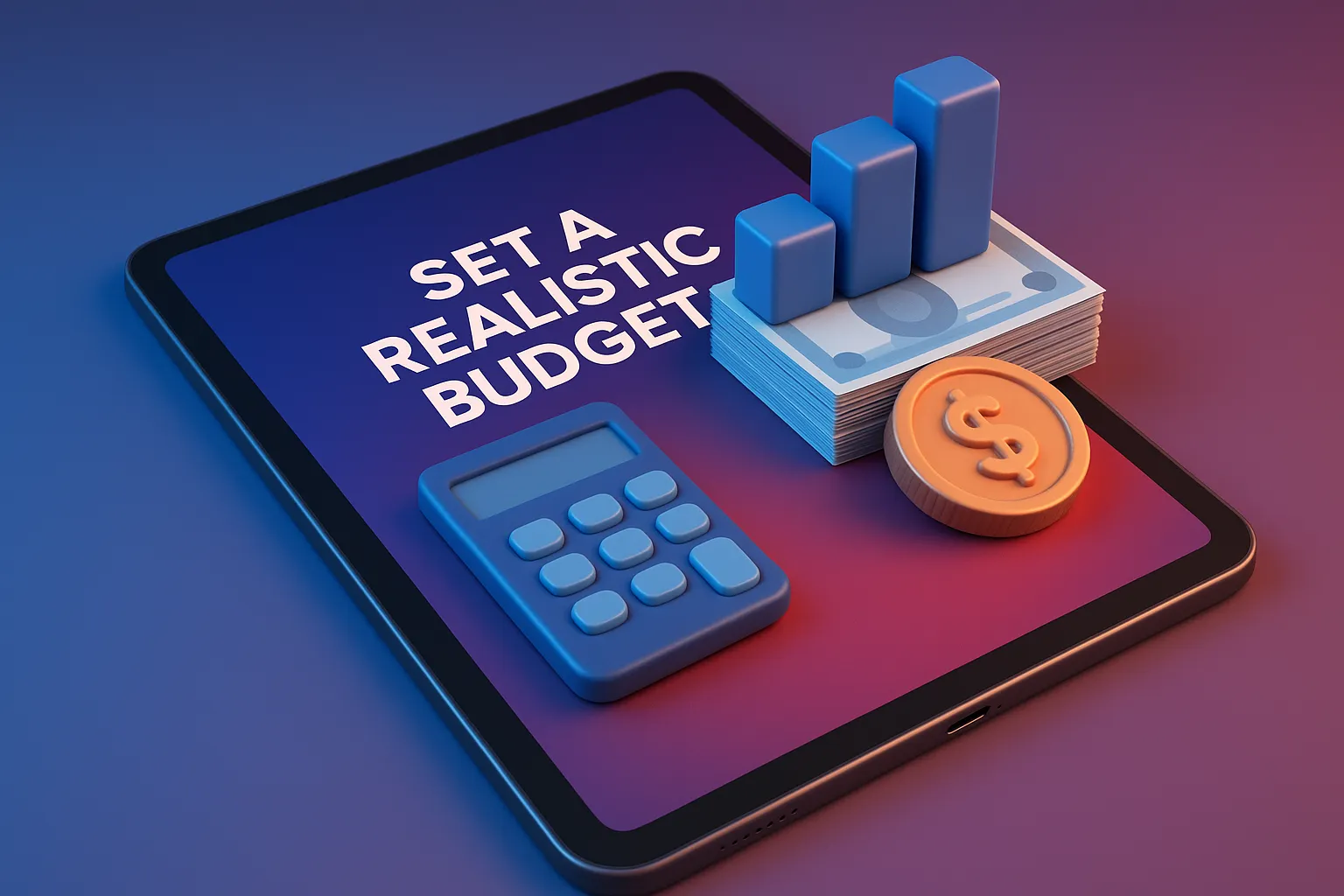
In 2025, you can find tablets for as low as ₱4,000 or as high as ₱80,000+. So set your ceiling and stick to it.
Here’s what you can expect:
| Price Range | What You Get |
|---|---|
| ₱4,000 – ₱8,000 | Entry-level tablets for light use, eBooks, and YouTube |
| ₱8,000 – ₱15,000 | Better displays, more RAM, good for students & casual work |
| ₱15,000 – ₱30,000 | Mid-range performers with multitasking, stylus support |
| ₱30,000+ | Premium tablets for creators, pros, and power users |
Don’t forget to budget for accessories. Keyboards, styluses, and cases aren’t always included—and they’re not cheap.
Pick Your Operating System
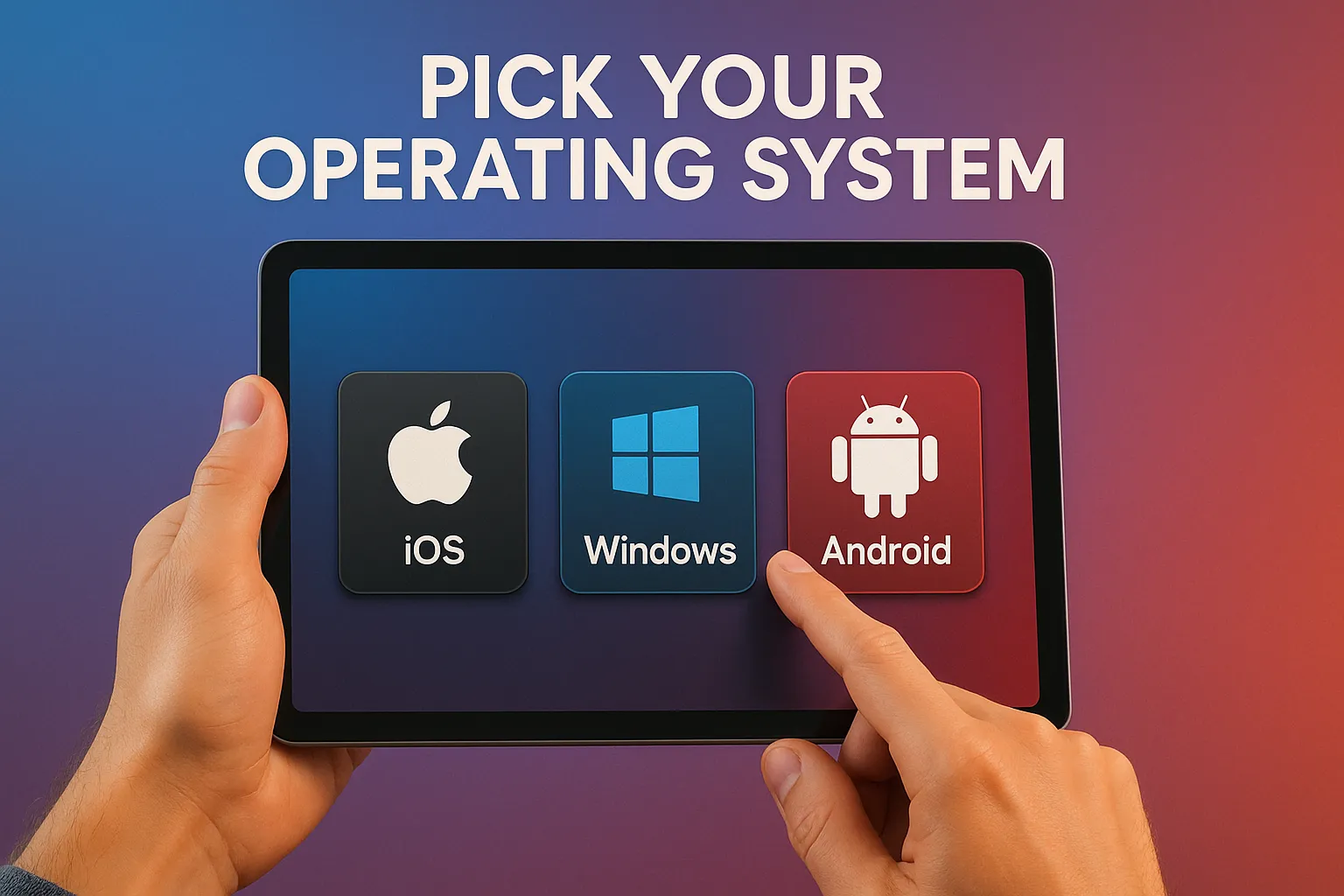
This one’s big. Your tablet’s OS affects what apps you can run, how you sync with other devices, and even how the interface feels.
Android (Samsung, Lenovo, Xiaomi, etc.)
- Great variety of options across all budgets
- Customizable, flexible
- Ideal for Google ecosystem users
- Best picks: Galaxy Tab S9, Lenovo Tab P12, Xiaomi Pad 6
iPadOS (Apple iPads)
- Super smooth performance
- Long software support (5–6 years easily)
- Great for students, creatives, and multitaskers
- Best picks: iPad 10th Gen, iPad Air M2, iPad Pro M4
Windows Tablets (Surface, 2-in-1s)
- Like mini laptops
- Full desktop apps, file management
- Heavier, pricier, but ideal for office and pro work
- Best picks: Surface Pro 10, ASUS 2-in-1s
If you already use a Mac or iPhone, iPads are a no-brainer. If you're deep in Google or Android, Samsung or Xiaomi tablets are great. Want a tablet that is a laptop? Windows all the way.
Choose the Right Screen Size
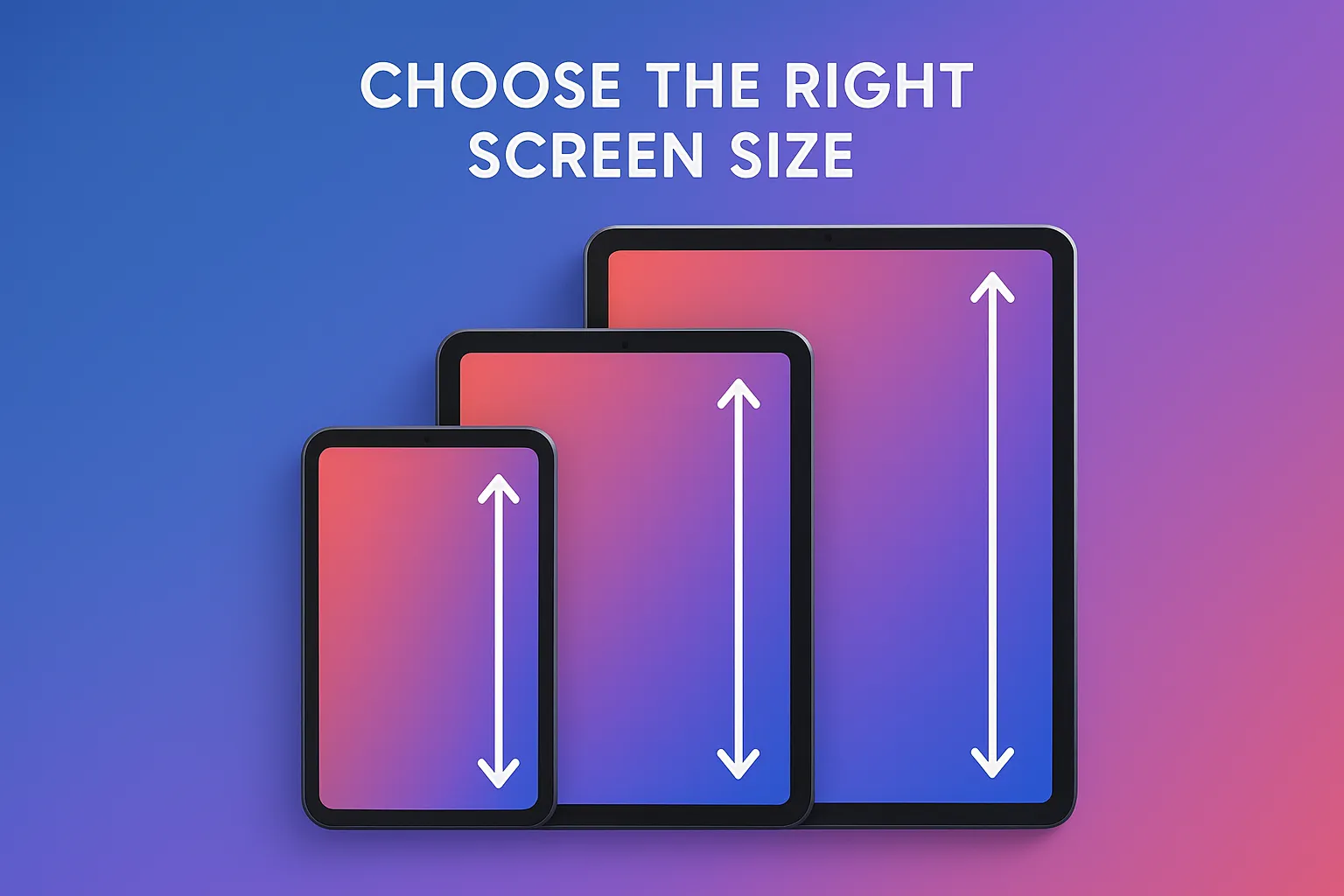
Tablet screens range from 7 inches (basically an oversized phone) to 14+ inches (hello, tablet-TV hybrid).
| Screen Size | Best For |
|---|---|
| 8” – 10” | Portability, reading, and light use |
| 10.5” – 11” | General use, students, casual work |
| 12” – 14.6” | Artists, multitaskers, and laptop replacement setups |
Sweet spot? Around 10 to 11 inches. Easy to carry, just enough screen for multitasking without weighing down your bag.
Decide If You Need Stylus Support

Are you planning to:
- Take handwritten notes?
- Draw or design?
- Annotate PDFs or schoolwork?
If yes, get a tablet with stylus support. Some even include the pen (Samsung does with the S Pen), but with iPads, you’ll need to buy the Apple Pencil separately.
For best results, look for:
- Pressure sensitivity
- Low latency
- Palm rejection
Not an artist or note-taker? You can skip it.
Understand the Core Specs (Without the Overwhelm)
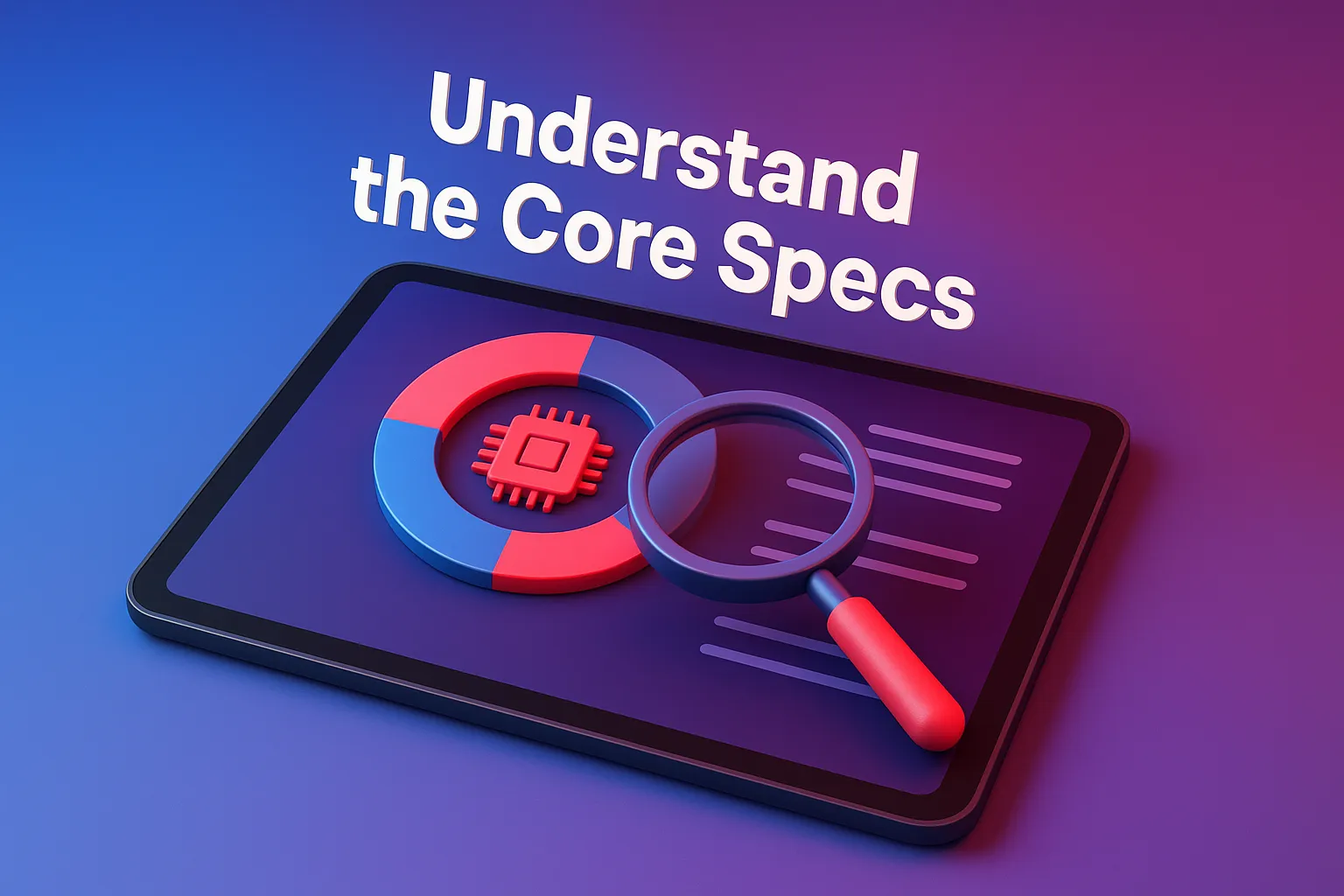
You don’t need to memorize chipsets or benchmark scores. Just know what matters.
| Spec | What It Means for You |
|---|---|
| RAM | More RAM = better multitasking. Aim for 6GB+ for anything beyond media watching |
| Storage | 64GB is the bare minimum. 128GB+ is safer, especially if you download a lot |
| Processor | Look for newer chips (Apple M1/M2/M4, Snapdragon 8+, Dimensity, etc.) |
| Battery | Aim for 8–12 hours of use. Mid-range and premium tabs do better here |
| Display | AMOLED or IPS? AMOLED looks better. 90Hz+ refresh rate = smoother visuals |
| Ports | USB-C is now standard. The headphone jack is optional, but still handy. |
Don’t Sleep on These Extras
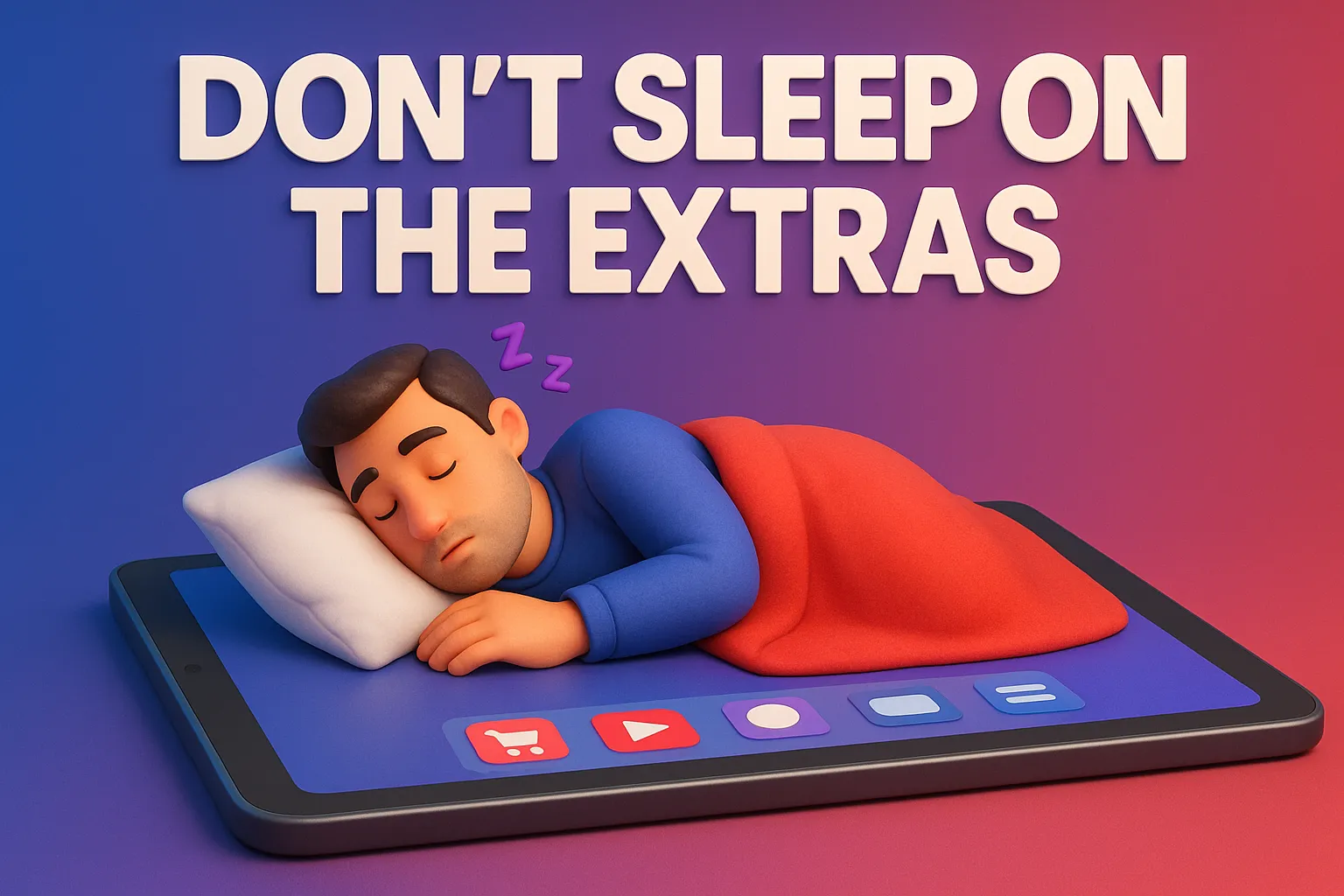
These might not sound exciting, but they make a huge difference:
- Good speakers, especially if you love binge-watching or listening to music
- Decent front camera — for online classes, video calls, or content
- Expandable storage — handy if you store photos, files, or movies
- Fast charging — 18W and up is a plus
Consider Software Support & Updates
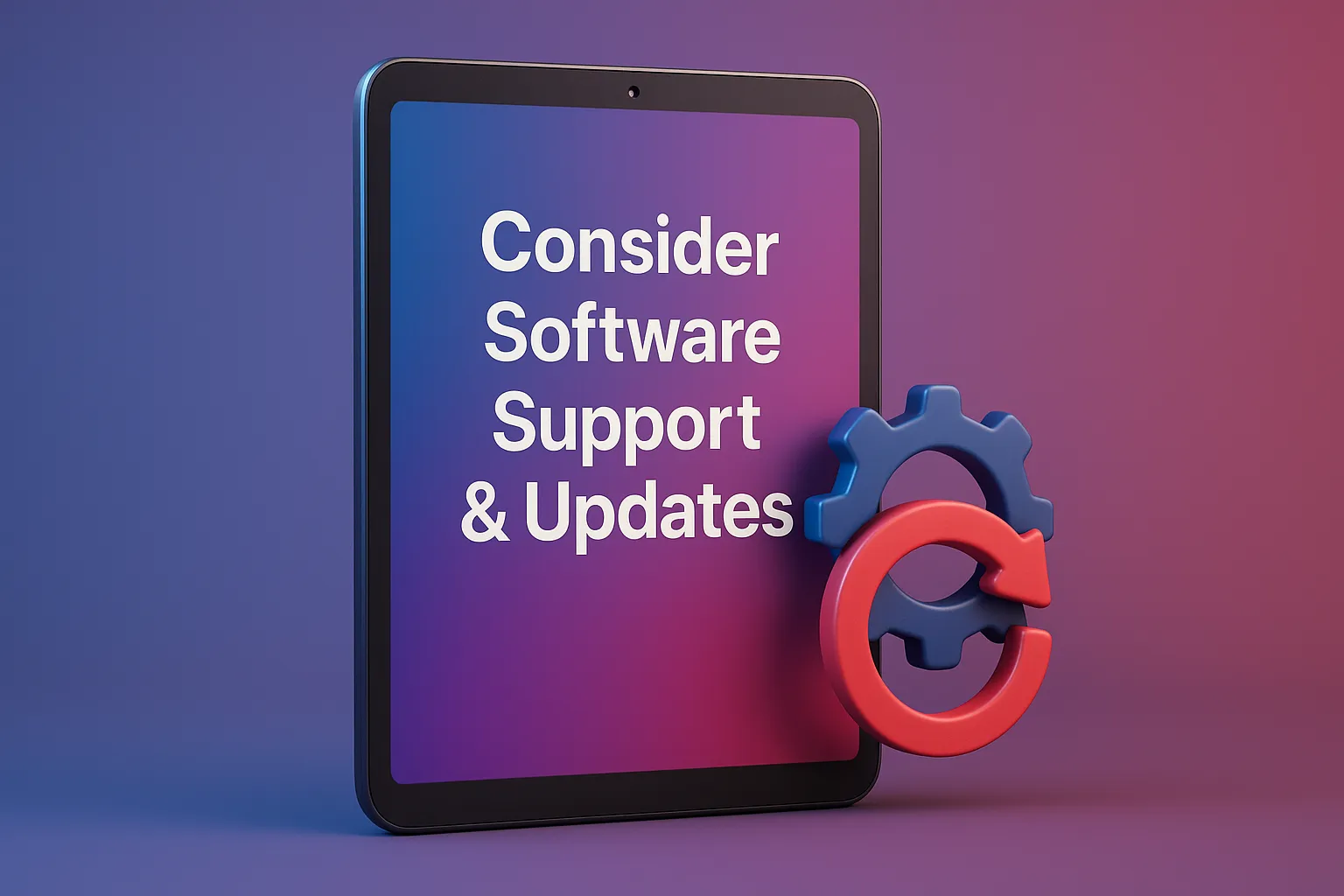
Will your tablet still feel “new” a year from now?
Apple leads here (iPads get updates for years). Samsung also supports their mid- to high-end tablets for 3–4 years now. Cheaper Android brands… not so much.
If you’re keeping this tablet long-term, software support should be part of your decision.
Conclusion
You don’t need to max out every spec or break the bank. The best tablet for you is the one that does what you need, at a price that won’t leave you eating instant noodles for a month.
So take a breath. Make a list. Stick to what actually matters for your daily use—and you’ll find a tablet that feels like it was made just for you.
Related Articles:
- 8 Tips for Optimizing Your Tablet’s Performance
- Tablet vs Laptop: Which is Better for You?
- How Much RAM Do You Really Need in a Tablet?
- Android vs iOS: Which Tablet OS Should You Choose?
- Best Tablets in the Philippines
